1. Find the carrying capacity of the graph below.
The carrying capacity of the population is 10,000
6. A species that is found where in its natural environment.
Native Species
11. The most biodiverse place in the world!
Tropical Rainforest
16. How do you find the scale of the x and y axis?
Largest # - Smallest # / Number of Lines
2. What type of growth does the graph below show? 
Exponential Growth
7. A species that is found in a place other than its natural environment.
Invasive Species
12. The variety of species in a given area.
Biodiversity
17. What is a trend?

3. What type of population growth does the graph below show?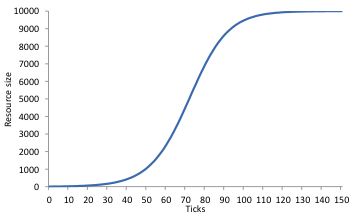
Logistic Growth
8. Which of the following is NOT a producer?
1. Rabbit
2. Tree
3. Fruit
4. Grass
A rabbit is not a producer.
13. A food chain always begins with this type of organism.
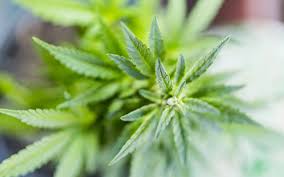 Producer
Producer
18. Type of graph that shows changes over time.
Line Graph
4. Which type of growth do most larger mammals show?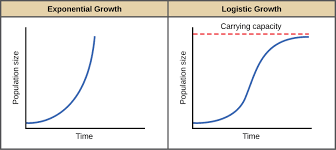
Logistic Growth
9. How do consumers get energy?
By eating food!
14. What would happen if grass was eliminated from the ecosystem below?

Everything would die!
17. Type of graph that is great at comparing two things.
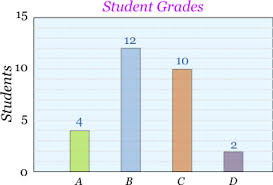
Bar Graph
5. What are three examples of limiting factors?
Food, Water, Space, Weather
10. How do producers get energy?
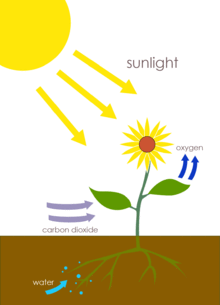
photosynthesis (the sun)
15. What would happen if grass was eliminated from the food web below?

Not much, there are other producers they can eat.
20. In a double line graph is important to have this so you can tell which line refers to each.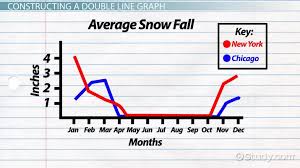
Key